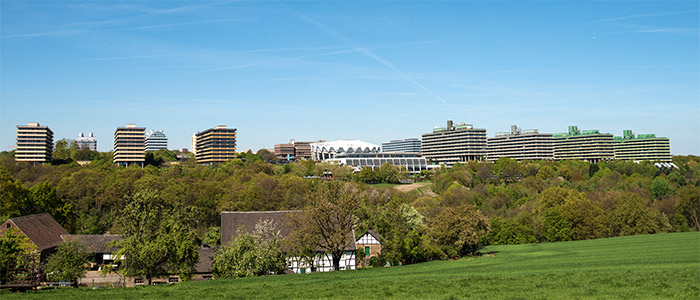 |
| The spread at the beginning of the article as it appeared in print on 3rd August 2014 |
On the 3rd of August the Independent on Sunday ran an article, which featured on the front page of the magazine, on the theme of how difficult it is to get started in perfumery whether you intend it as a hobby or, as I did, want to make a living at it. I was interviewed for that article along with several other independent and amateur perfumers.
The article is by Rhodri Marsden and the accompanying photography by Dan Burn-Forti. Dan has kindly supplied me with pictures from the photo-shoot we did for the piece and I’m featuring some of the ones that were not used in the article in this post.
I don’t propose to repeat any of what was said in the article here - it stands on it’s own - what I do want to do is to provide here some links and tips that may be helpful to those starting out or struggling with some of the problems the article highlights.
 |
| Part of the ingredients store at Pell Wall by Dan Burn-Forti |
- Pell Wall sell one of the largest ranges of perfumery materials available online in quantities from 10ml / 10g upwards, and can also offer a comprehensive range of starter kits.
- De Hekserij in the Netherlands have a good range and now also an English language website which makes ordering much easier for those of us who don’t speak Dutch
- Perfumer’s Supply House in the USA have a growing range including some very unusual ingredients
- Perfumer’s Apprentice in the USA have a large range including most of the basics you’ll need.
 |
| Chris in the Lab at Pell Wall by Dan Burn-Forti |
All the above are reliable suppliers I’m comfortable recommending. Those in Europe should keep in mind that ordering from the US will mean you’ll need to pay both VAT and Duty on import - exactly how that works depends on the courier the supplier uses - talk to them first so you know what to expect - however the reverse case isn’t so bad as the US does not charge duty on import for most perfumery materials. Shipping is also a significant factor when ordering from abroad, so I recommend looking at suppliers as close to your own location as possible first.
For help with learning the art itself I’m going to point to other more detailed posts offering help:
- Blending and dilution methods
- How to measure ingredients and what sort of scales to buy
- The equipment you’ll need to get started and where to find it
- which ingredients to buy to get started
- Natural ingredients: what the terms for various types of extraction mean
- The IFRA regulations
- The EU labelling declaration requirements
- Some of the books I recommend to learn about the art
 |
| More ingredients than you can shake a stick (or a smelling strip) at by Dan Burn-Forti |
Places you can go to get some training or practice in the UK include:
- My own workshops in London or Shropshire - advertised on this blog as they come up
- The Cotswold Perfumery where perfumer John Stephen runs regular courses and, once you’ve attended one, will also sell you ingredients and equipment.
- Karen Gilbert runs courses online and in London covering making perfume and skincare
Some detailed posts about particular ingredients:
- Ambergris
- Ambergris substitutes
- Artemisia species
- Bitter Almond Oil
- Lily of the Valley materials
- Musks
- Quinolenes
- Sandalwood
- Styrax and Storax species
If all that didn’t answer your questions, you’ll need somewhere else to turn: I’m adding things to this blog all the time, so do please keep a watch here. I’m also one of many people, including some other fully qualified perfumers, who answer questions, collaborate with one another and generally exchange information about this fascinating art and science in two main forums:
- The Basenotes Fragrance DIY Forum
- The Yahoo Perfumemaking Group
Join up on either or both and add your voice to the conversation.
 |
| Chris and Jungle (one of the Pell Wall Pack) in one of the ingredients stores at Pell Wall by Dan Burn-Forti |
Finally, let me just add that if you’re looking for specific advice or assistance with any perfumery problem and, for whatever reason, you don’t want to post about it on those public forums I’m willing to help - for a small fee - check the consultation section of the website for details.
Happy perfume making!

